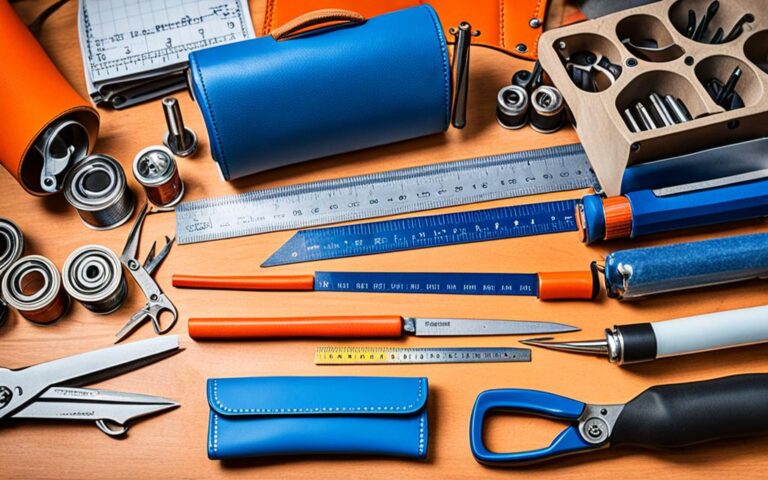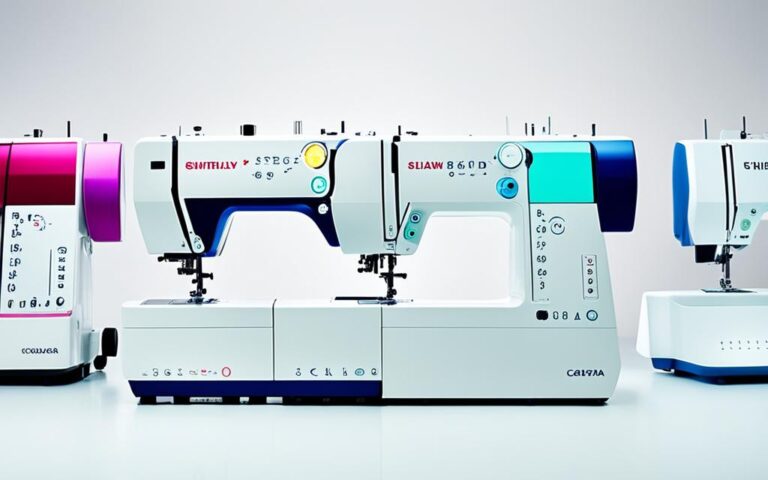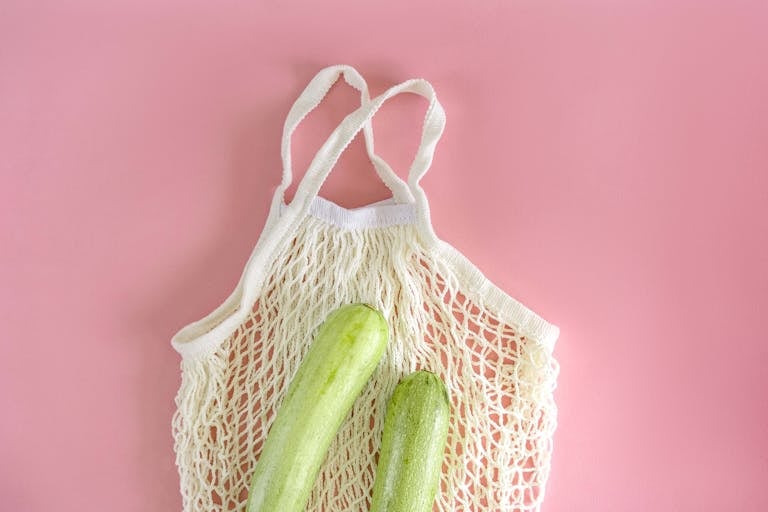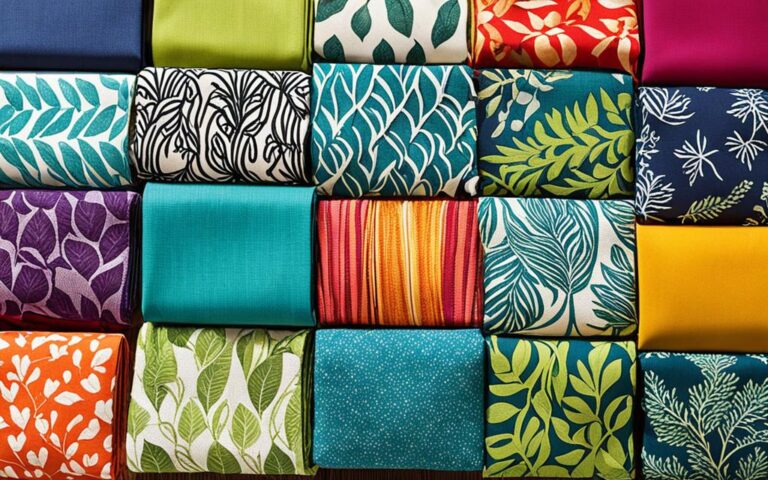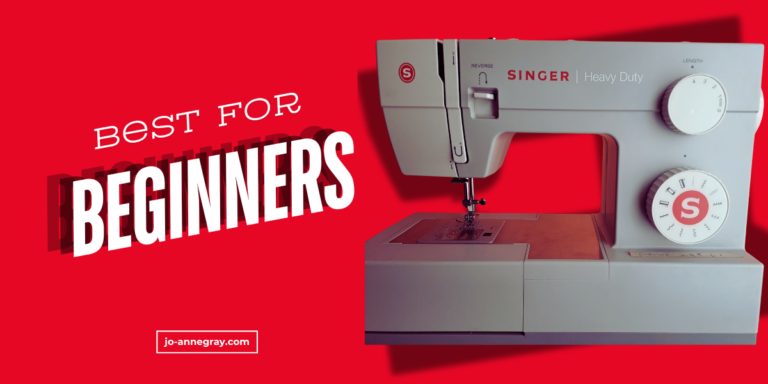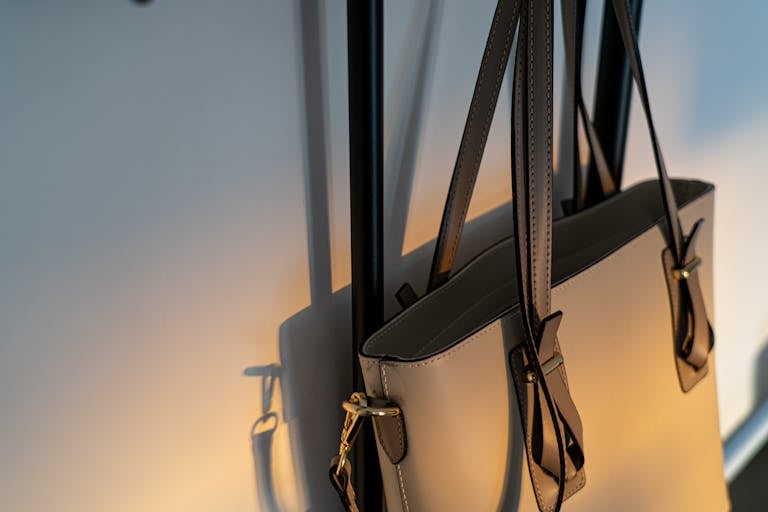Innovations in Eco-Friendly Bag Hardware: Zippers, Clasps & More
In the fast-evolving world of fashion, eco-friendly bag hardware is gaining traction. These components, like zippers, clasps, and more, are not just functional but also play a crucial role in making bags sustainable. Whether made from recycled materials or designed to last longer, these innovations help reduce environmental impact. As consumers grow more conscious of their choices, sustainable hardware options are becoming must-haves in the design of fashionable bags. Embracing these eco-conscious elements means creating bags that are not only stylish but also kinder to the planet.
The Importance of Sustainable Bag Hardware
Sustainable bag hardware might not always be the first thing that comes to mind when thinking about eco-friendly products, but it’s a vital part of the sustainability puzzle. From the zippers to the clasps that hold your bag together, each piece plays a role in impacting the environment. By choosing eco-friendly bag hardware, we aren’t just opting for greener options but paving the way for a cleaner planet.
Environmental Impact of Conventional Hardware
Choosing the right bag hardware is more than a matter of style or utility—it’s about making a significant environmental choice. Conventional bag hardware often relies on materials that aren’t sustainably sourced, like plastics and metals that involve energy-intensive processes.
- Non-renewable Resources: Traditional hardware usually comes from non-renewable resources, increasing carbon footprints. Processing these materials emits pollutants into the air and waterways, contributing to climate change.
- Waste Generation: When conventional hardware breaks, it’s typically discarded. This adds to the growing waste problem as these materials are not biodegradable, leading to landfill buildup.
Consider this source to learn more about the broader environmental impacts of conventional bag manufacturing.
Consumer Demand for Sustainability
In today’s world, consumers are increasingly aware of their environmental footprint and are eager to make choices that support a sustainable future. This awareness is reshaping markets, including the demand for sustainable bag hardware.
- Rising Demand: A study by McKinsey shows how consumers prioritize buying eco-friendly products, influencing brands to switch to greener alternatives.
- Willingness to Pay More: Consumers are not only asking for sustainability—they’re willing to back it with their wallets. According to recent data, buyers are ready to pay a premium for sustainable goods, fostering innovation in bag hardware.
The movement towards eco-friendly bag hardware is more than a trend—it’s a step towards sustainable development. By understanding both the impact of traditional bag components and the significant shift in consumer preferences, we can encourage a future where fashion and sustainability walk hand in hand.
Innovations in Zipper Technology
When we think of eco-friendly bag hardware, zippers might not be the first thing that comes to mind. Yet, they play a crucial role not just in functionality but in sustainable fashion as well. In recent years, there has been a significant push towards creating zippers that are not only efficient but environmentally friendly. Let’s slide right into the world of biodegradable zippers and those made from recycled materials.
Biodegradable Zippers
One of the most intriguing developments in zipper technology is the advent of biodegradable zippers. These zippers are made from materials that can break down naturally in the environment, almost like how your banana peel decomposes into soil. Companies like YKK have been at the forefront, promoting eco-friendly options such as the Natulon® range. These zippers use plant-based materials and are designed to reduce landfill waste significantly.
The benefits of biodegradable zippers are enormous:
- Eco-Friendly Disposal: Unlike traditional zippers, which might linger in landfills for years, these decompose relatively quickly.
- Lower Carbon Footprint: Biodegradable materials often require less energy to produce compared to synthetic ones.
- Sustainability: By using naturally sourced materials, these zippers contribute to a more sustainable cycle of production and disposal.
Imagine wearing a jacket or a bag and knowing that every part of it, down to the zipper, aligns with your eco-conscious values.
Recycled Materials in Zippers
The journey towards sustainable zipper technology doesn’t stop at biodegradability. Recycled materials have become a staple in producing eco-friendly zippers. These zippers often use recycled plastics, like PET bottles, transforming trash into a treasure.
YKK’s NATULON® Mechanically Recycled zippers are a great example. They are crafted with plastic bottles and other recycled materials, reducing reliance on virgin resources. Here’s why these zippers are a game-changer:
- Waste Reduction: By reusing materials, these zippers help cut down on plastic waste.
- Energy Efficiency: It typically takes less energy to recycle plastics than to process new ones from scratch.
- Versatility: Available in various styles and colors, these zippers don’t compromise on aesthetic versatility despite their recycled nature.
Next time you zip up that eco-friendly backpack, you might be carrying a piece of yesterday’s soda bottle transformed into a sleek closure system.
These advancements in zipper technology reflect a broader trend in textile and fashion industries, emphasizing the use of eco-friendly bag hardware. By integrating these innovations, we can all take a step towards a greener future.
Sustainable Clasps and Fasteners
In the burgeoning industry of eco-friendly bag hardware, clasps and fasteners are pivotal components that are being redesigned with sustainability in mind. These essential pieces not only secure our belongings but also carry the potential to significantly reduce our environmental footprint. In this section, we’ll explore some of the latest sustainable innovations in clasps and fasteners, focusing on natural fiber clasps and metal fasteners crafted with an eco-conscious approach.
Natural Fiber Clasps
Natural fiber clasps are emerging as a popular choice for those seeking environmentally friendly options. Made from materials like hemp, jute, or bamboo, these clasps combine functionality with eco-sensitivity.
Consider these environmental advantages of natural fiber clasps:
- Biodegradable: Unlike plastic, which can take centuries to break down, natural fibers decompose much faster, leaving a minimal environmental impact.
- Renewable Resources: Fibers like bamboo grow rapidly, making them a sustainable choice as they are easily replenished.
- Low Carbon Footprint: The production of natural fiber materials often requires less energy compared to synthetic alternatives, reducing carbon emissions.
Choosing natural fiber clasps is like grounding your bag in nature itself, symbolizing a return to simpler, more sustainable materials without sacrificing strength or utility.

Photo by Sarah Chai
Metal Fasteners with Reduced Footprint
Metal fasteners, traditionally known for their durability, are undergoing innovations to lessen their environmental impact. Many manufacturers are now focusing on using reclaimed and recycled metals, minimizing waste and energy use.
Here’s how metal fasteners are becoming more sustainable:
- Recycled Materials: Utilizing metals from recycled sources reduces the need for new mining, which is energy-intensive and environmentally disruptive. YKK offers a range of sustainable metal products made from recycled content.
- Eco-Friendly Finishes: Processes such as electroplating and finishing have also evolved to become less harmful to the environment. Companies are cutting down on toxic chemicals in favor of greener alternatives.
- Innovative Designs: Some brands, like FIDLOCK, are developing magnetic fasteners from recycled materials, providing a unique solution that blends efficiency with sustainability.
By reimagining how we use metals, these fasteners are like the strong backbone of sustainability — resilient, reliable, yet thoroughly mindful of their surroundings.
In our quest for greener solutions in bag hardware, the shift towards eco-friendly clasps and fasteners is a leap towards embracing the responsibility we all share in protecting our planet.
Eco-Friendly Alternatives to Plastic Hardware
The shift towards sustainable living has inspired many to reconsider the environmental impact of everyday items, including bag hardware. Traditional plastic hardware has been criticized for its negative impact on the environment, leading to a push for more eco-friendly bag hardware options. Here, we explore the innovations in plant-based plastics and sustainable leather alternatives that are changing the game for eco-conscious consumers.
Plant-Based Plastics
Plant-based plastics are breathing new life into the world of eco-friendly bag hardware. Unlike traditional plastics that are made from petroleum, these bioplastics are derived from renewable resources such as corn, sugarcane, and potato starch. These resources are not only abundant but also offer a significantly lower carbon footprint.
Consider a shopping experience where you pick up a stylish bag, and its zippers and clasps are made from high-grade polylactic acid (PLA) derived from corn. As compared to conventional hardware, these options ensure durability without compromising on eco-friendliness. Moreover, these alternatives are often biodegradable, meaning they break down naturally and reduce waste. Wouldn’t it be fantastic if every clasp or buckle you used was part of this revolutionary wave of sustainable solutions?
Some popular plant-based plastic materials include:
- PLA (Polylactic Acid): Made from corn starch, it’s a popular choice for biodegradable products.
- PHA (Polyhydroxyalkanoate): Derived from bacteria, used for making strong and flexible items.
- Starch-based plastics: Often blended with PLA for improved durability.
To learn more about these materials, check out Natural + Eco-Friendly Fabric and Hardware Options.
Sustainable Leather Alternatives
When it comes to leather, there’s a new kid on the block. Traditional leather production is notorious for its large carbon footprint and ethical concerns. Fortunately, sustainable leather alternatives are here to save the day, offering a guilt-free choice for bag hardware enthusiasts.
Imagine replacing leather with cork or pineapple leaf fibers, turning what would be waste into fashionable and functional components. These materials are not only lightweight but also surprisingly durable, making them perfect for fasteners and straps. It’s akin to transforming Cinderella’s slipper from glass to a wonderfully textured, cruelty-free material.
Here are some exciting sustainable leather alternatives:
- Piñatex: Made from pineapple leaf fibers, it’s one of the most widely recognized alternatives.
- Mushroom leather (Mylo): Grown from mushroom roots, offering a soft yet sturdy texture.
- Desserto: Made from cactus, providing flexibility and wear resistance.
- Apple Skin Leather: Derived from apple peels, it’s both textured and eco-friendly.
For more insights on sustainable leather alternatives, visit Mushrooms and More: 10 Innovative Leather Alternatives.
Eco-friendly bag hardware options are not just about reducing impact; they are about creating a sustainable future where style and ecological responsibility go hand in hand. By choosing these alternatives, you’re not only making a positive environmental impact but also embracing innovative designs that redefine the way we look at accessories.
Case Studies of Brands Using Eco-Friendly Hardware
As the world shifts towards more environmentally friendly choices, many bag brands are leading the way in sustainable innovations. Some are pioneering eco-friendly zippers while others are creating groundbreaking clasps and fasteners. Let’s explore a couple of these forward-thinking brands.
Brand A: Pioneering Sustainable Zipper Designs
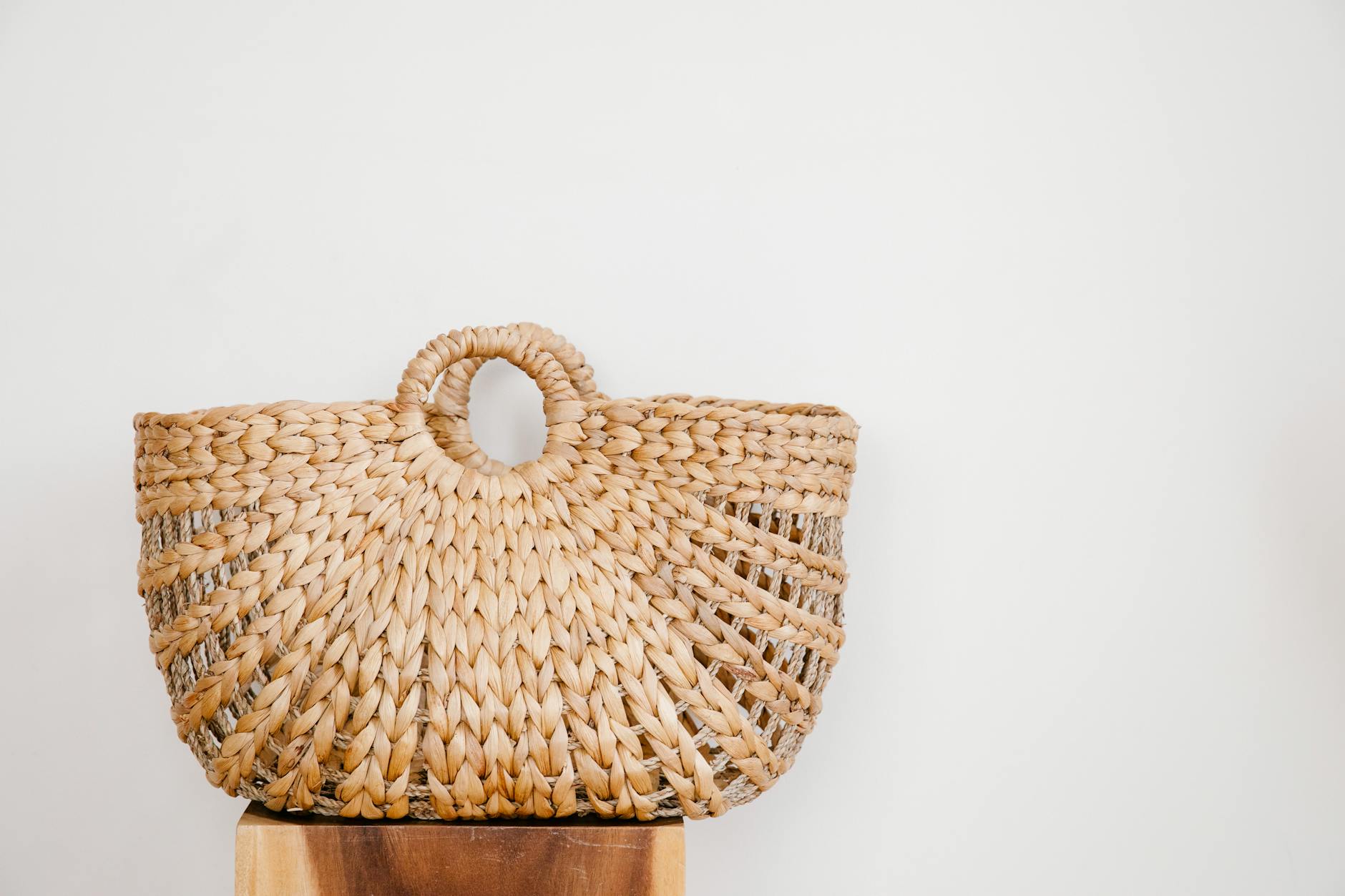 Photo by Sarah Chai
Photo by Sarah Chai
One brand making waves in the sustainable zipper market is YKK, known for its NATULON® zippers. These zippers are crafted from recycled polyester yarn, repurposing materials that might otherwise contribute to landfill waste. It’s like giving a second life to old plastic bottles and transforming them into essential components of your daily accessories.
YKK’s sustainable zippers are not just designed to be eco-friendly but also maintain high performance. Imagine having a zipper that not only looks good but feels good—you’re supporting the planet each time you zip up your favorite bag or jacket. Whether you’re sporting backpacks or jackets, these zippers serve as a testament to what sustainable innovation can achieve.
Brand B: Revolutionizing Clasps and Fasteners
When it comes to clasps and fasteners, there’s another brand shaking up the industry with sustainable practices. RiRi is a brand that prides itself on creating eco-friendly clasps from recycled metals. Their mission is simple: to revolutionize the way we clasp our bags while keeping the environment in mind.
Eco-friendly clasps are more than just a trend—they’re a commitment to quality without compromising our planet. By choosing sustainable materials and innovative designs, RiRi ensures that their clasps are durable, stylish, and environmentally conscious. They offer an excellent option for those who want to keep everything snapped shut while supporting a more sustainable future.
Both of these innovative brands illustrate how eco-friendly bag hardware is becoming a mainstream choice for conscious consumers. By focusing on sustainable zippers and clasps, the bag industry is opening up new avenues for reducing environmental impact while keeping style and functionality at the forefront.
Future Trends in Eco-Friendly Bag Hardware
Imagine a world where the humble bag is more than just an accessory. It’s a part of a sustainable movement, boasting eco-friendly bag hardware that not only grips and holds but also thinks. As we glance toward the horizon of possibilities, the future of bag hardware is painting a fascinating picture with innovations and green collaborations leading the charge. Let’s take a closer look at some of the expected advancements in this space.
Smart Technology Integration
In an age of smartwatches and smartphones, why should our bags be any different? The marriage of smart technology and sustainable hardware is on the verge of becoming a new norm. Picture zippers that change color to signal temperature changes, or clasps that notify you via an app if they’re undone. These nifty innovations are no longer the stuff of science fiction but rather potential realities as tech continues to infuse everyday items with intelligence.
The growing popularity of smart technologies to enhance sustainable living is already paving the way for such advancements. ScienceDirect mentions how smart technologies are integrating sustainable principles into our daily operations. With eco-friendly bag hardware, the goal is simple: make life easier while minimizing environmental impact.
Increased Collaboration for Sustainable Solutions
When it comes to achieving sustainability, it truly takes a village. Partnerships between manufacturers and eco-conscious brands are blossoming like never before. These collaborations are the backbone of innovative bag hardware solutions that not only meet the needs of today’s consumers but also respect our planet.
Think about it: Manufacturers bring the technical know-how, while eco-focused brands contribute insight into sustainable practices, making a powerful combination. This synergy is essential in devising materials and designs that push the boundaries of what sustainable bag hardware can achieve. Together, they are rewriting the rules of fashion and function, setting new industry standards.
The role of collaboration in sustainable development is further explored in discussions about how smart technology fuels green innovations, as showcased by Sustainly. By working together, we can create products that don’t just serve a purpose but also stand for something greater.
In the grand tapestry of eco-friendly bag hardware, the threads of technology and collaboration are weaving a vibrant and sustainable future. This is more than a trend; it’s a testament to human ingenuity and a commitment to the Earth we call home.
Conclusion
Innovations in eco-friendly bag hardware are not just optional extras; they represent a pivotal move towards a more sustainable future. These advancements in zippers, clasps, and other components provide both functionality and environmental benefits, allowing consumers to make conscious choices without sacrificing style or durability.
Individuals can play a vital role in promoting sustainability by opting for bags with eco-friendly hardware. This small step can have significant impacts, reducing the demand for less sustainable options and driving further innovation in the industry.
As we continue to explore these eco-friendly solutions, let’s challenge ourselves to embrace sustainability in every purchasing decision. What future innovations could we witness in bag hardware? The possibilities are as endless as our commitment to a greener world. Feel free to share your thoughts and consider the sustainable options next time you’re in the market for a new bag.



